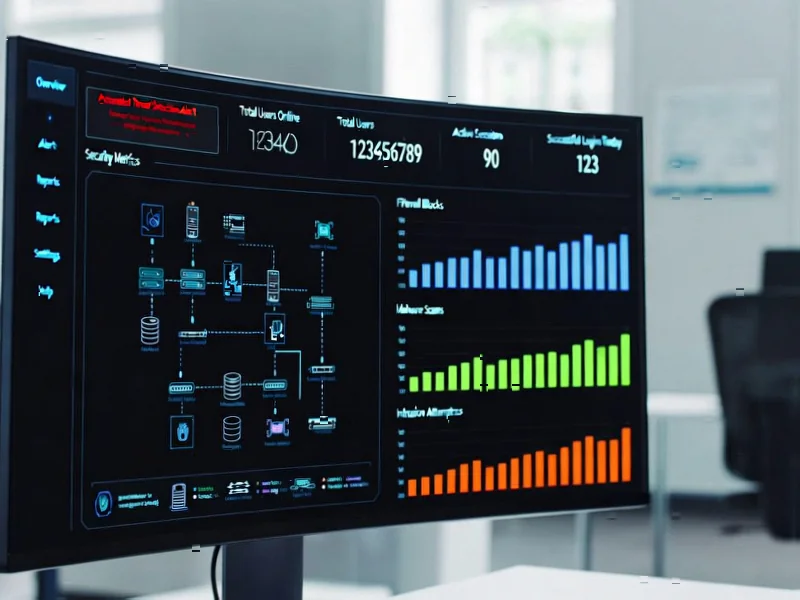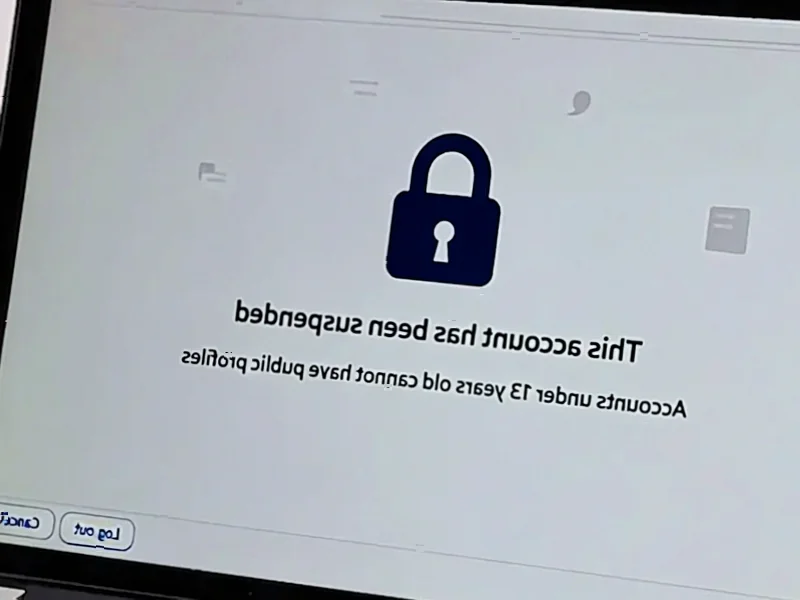According to TechRadar, cybercriminals have claimed responsibility for a major data breach at the University of Pennsylvania, stealing information on approximately 1.2 million students, alumni, and donors. The attackers gained access through a compromised PennKey SSO account, which provided them with extensive system access including the university’s VPN, Salesforce data, Qlik analytics, SAP business intelligence, and SharePoint files. Data exfiltration occurred around October 30-31, after which the university ejected the attacker, prompting them to send offensive emails to roughly 700,000 recipients using retained access to Salesforce Marketing Cloud. The stolen data includes names, dates of birth, addresses, phone numbers, estimated net worth, donation history, and sensitive demographic information, with the attackers specifically targeting wealthy donor data rather than seeking ransom payments. This incident highlights critical security vulnerabilities that demand deeper analysis.
The SSO Single Point of Failure
The compromise of a single PennKey SSO account leading to such extensive access reveals a fundamental architectural weakness in how universities implement identity and access management. Single sign-on systems, while convenient for users, create a single point of failure that can cascade across multiple enterprise systems. When properly configured, SSO should incorporate multi-factor authentication, behavioral analytics, and session management controls to prevent exactly this type of lateral movement. The fact that compromised credentials provided immediate access to VPN, Salesforce, Qlik, SAP, and SharePoint suggests either inadequate segmentation or over-provisioned permissions that violate the principle of least privilege. Higher education institutions face particular challenges here, as they must balance security with the open academic environments that faculty and researchers demand.
Why Donor Databases Are Prime Targets
The attackers’ explicit focus on wealthy donor information represents a strategic shift in cybercriminal targeting. Unlike traditional ransomware attacks that seek immediate payment from the victim organization, this approach targets the long-term value of personal financial intelligence. Donor databases containing estimated net worth, giving history, and demographic details provide criminals with rich profiling data for sophisticated social engineering, targeted phishing campaigns, and even extortion attempts against wealthy individuals. According to the detailed breach analysis, this represents a maturation of criminal business models beyond simple ransomware demands toward more sophisticated data monetization strategies.
The Marketing Cloud Backdoor Problem
The attackers’ ability to maintain access to Salesforce Marketing Cloud after being ejected from other systems demonstrates a critical oversight in incident response procedures. Marketing and communication platforms often operate with different authentication mechanisms and access controls than core IT infrastructure. This creates persistence opportunities for attackers even after primary access is revoked. The subsequent mass email campaign not only caused reputational damage but served as a public demonstration of retained control, undermining the university’s credibility in managing the incident. Organizations must ensure that security monitoring and access revocation procedures encompass all integrated third-party services, especially those with mass communication capabilities.
Systemic Challenges in Academic Security
Universities face unique security challenges that make them particularly vulnerable to these types of attacks. The academic environment requires balancing open access for research collaboration with protection of sensitive personal and financial data. Legacy systems often persist alongside modern cloud platforms, creating complex attack surfaces. Additionally, the distributed nature of university IT, with various departments and research centers maintaining some autonomy, complicates centralized security governance. The presence of valuable intellectual property, sensitive research data, and extensive personal information makes higher education institutions attractive targets, while budget constraints and competing priorities often delay necessary security investments.
Industry-Wide Implications and Response
This breach should serve as a wake-up call for educational institutions worldwide to reassess their security postures. The combination of compromised credentials, extensive system access, and persistent marketing platform control reveals systemic gaps in identity management and incident response. Organizations must implement stricter access controls, particularly for systems containing sensitive financial and demographic data. Regular security assessments should specifically examine integration points between core infrastructure and third-party services to identify persistence risks. As threat actors continue to evolve their tactics, the education sector must accelerate adoption of zero-trust architectures and enhance monitoring for anomalous access patterns, especially around critical donor and financial systems.




